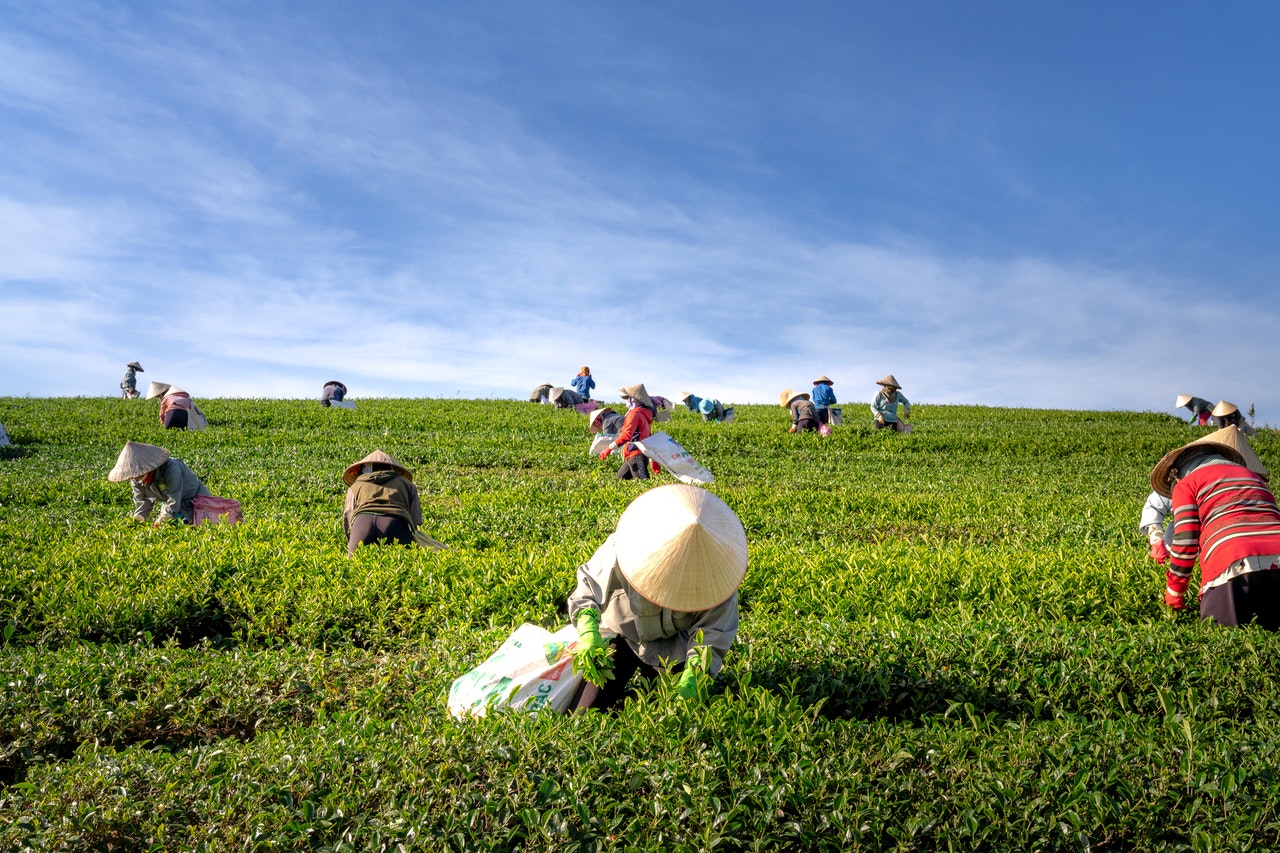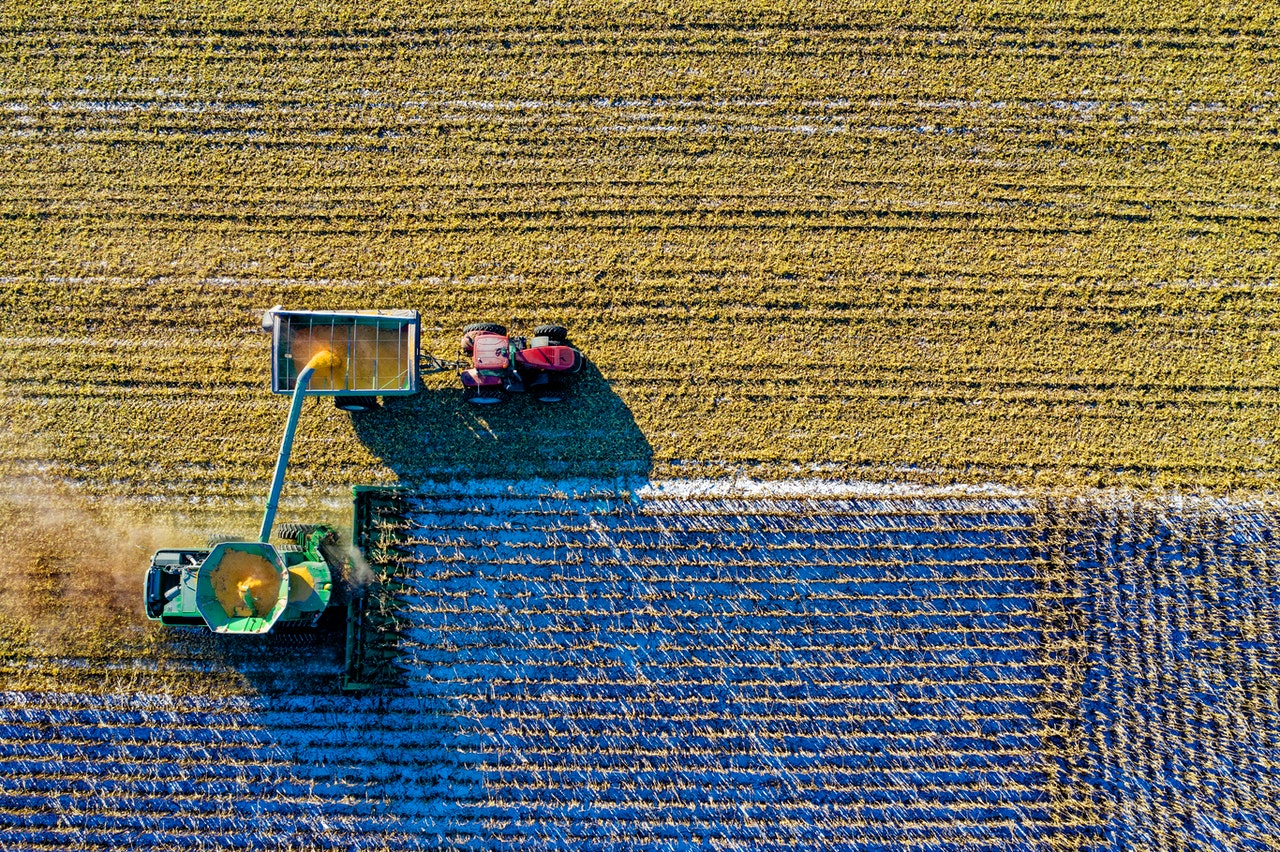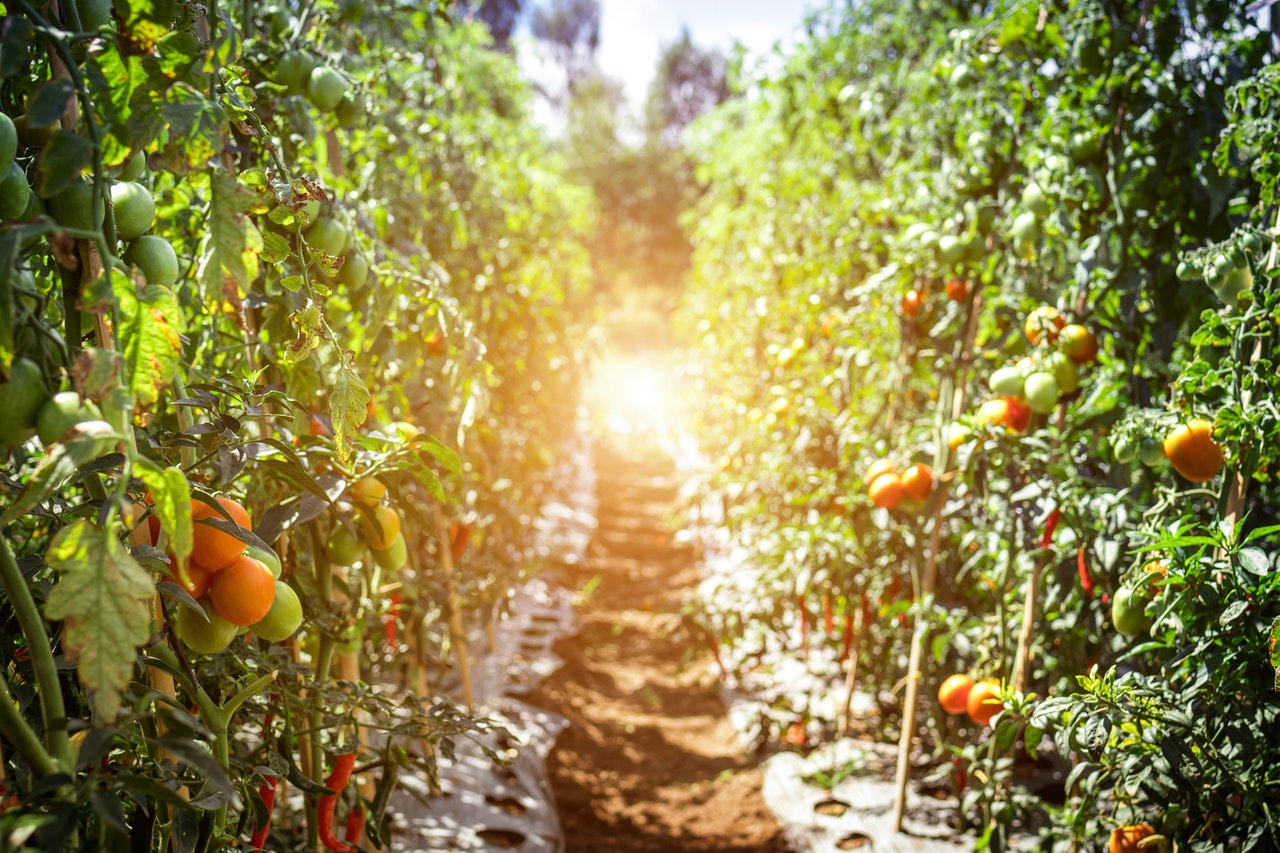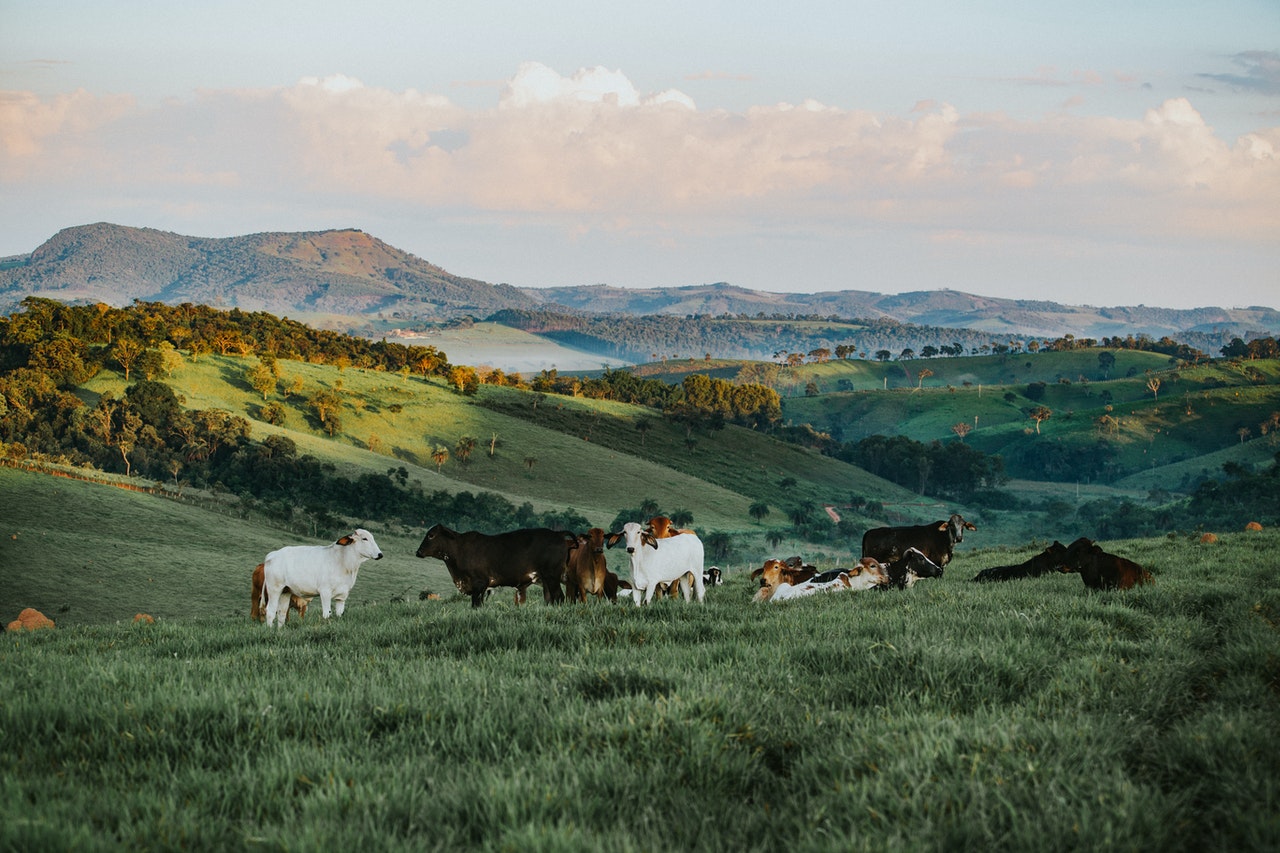Heading out of the city and starting a farm sounds like an incredible adventure. With fresh air, peace, quiet, and surrounded by nature, what more could you ask for?
However, growing and producing your own crops or running livestock is no easy task. It requires a lot of hard work and quick thinking in order to keep maintaining and generating an income. Some farmers rely on one or two payments to get them through the whole year!
In this article, we are going to discuss everything you need to know about starting a farm in the USA. So that you can decide if it is the right step for you. Interested?
Then let’s get started!
1. Experience
If you haven’t grown up on a farm or even grown food before, then you are going to need some experience before you get started. From managing crops and operating machinery to learning how to export and sell your product, there are a lot of different things to think about.
When put into perspective, agriculture jobs can be extremely dangerous. A little mistake can cause a fatal injury and completely damage your harvest. To learn more, it is best to try and find yourself a mentor so that you can understand all the basics.
While there is a large portion that you will figure out on the job, it is still better to be as prepared as possible. Even just starting out with something simple such as growing herbs can make a big difference and help build up your confidence.
2. Income
 Since farming and agriculture is such a broad sector, the amount you make really depends on what and how much you are producing.
Since farming and agriculture is such a broad sector, the amount you make really depends on what and how much you are producing.
Alongside this, certain environmental factors and unexpected expenses can also impact your yearly income. As of 2016, the average salary sat at around $75,790 a year, but again, it is hard to determine what and how much these farmers or ranchers were producing.
For small-time farmers, the amount is even harder to predict. Since these individuals mostly sell at farmers’ markets and local stores, it really depends on the community you are living in, and if you are selling the desired product.
3. Land Size and Use
Once you’ve gained experience and started to think about moving to a farm, it is time to look at different land and properties. This process can be a little overwhelming, as there are many various factors to consider, which we will discuss below.
i). Choosing a property
When selecting a property, you need to keep in mind how much space you will need. Crops require a large amount of land, but animals can require even more. Alongside this, you are going to need a place to store your harvest, and an area to live, of course.
At the end of the day, it is easier to purchase a property will all the buildings you need rather than add them on later. Otherwise, you are going to be applying for a lot of permits.
ii). Understanding climate and location
Certain crops grow best in specific conditions, so when choosing land, you want to keep this in mind. Without the right soil conditions, you can lose a lot of money.
Alongside this, if you will be hosting animals, you need to think about how you are going to store feed and water. It is not like the city where you can simply turn on a tap. You’ll need to rely on rainwater and other alternative sources.
4. Choosing Your Niche
 While it is possible to run a farm with a variety of different agriculture, it is easy and more efficient to choose a particular niche.
While it is possible to run a farm with a variety of different agriculture, it is easy and more efficient to choose a particular niche.
Not only will it end up being more cost-effective, but you can grow your experience and take advantage of the land around you, rather than trying to manage multiple things.
i). Crops
If you are thinking of producing crops, the first thing you’ll want to do is think about what you want to grow.
Just take a look at soybean profitability, for example. It is one of the top agriculture industries in the US, making it in high demand. Other produce such as corn, fruit, nuts, and rice is also a good idea.
If you have decided to just grow local produce, you can be a little bit more creative. A mixture of seasonal fruit and vegetables is always a good choice and can be sold at local markets. You may even move more into production and make your own preserves, including relishes and jams.
ii). Animals
Animals can require a little bit more care than crops, as they are living and breathing creatures. Whether you are using them for the products they produce (eggs/wool) or selling them for meat, you want to make sure they are kept in good condition.
Not only do they need to have access to feed and water, but you also have to protect them from certain diseases. Chickens, cattle, sheep, horses, and pigs. They each require their own unique care.
iii). Alternative Options
While standard crops and animals are the most common things to farm, it is good to know that there are other options. From pearls, fish, solar, and wind power, you can definitely try something unique.
Some people may even look into starting a cannabis business. The options are pretty much endless. That being said, you have to remember the more unusual it is, the more experience it requires!
5. Running Costs of a Farm
While you do have the possibility to make a great profit from farming, you also need to consider all of the running costs that come with it.
Things such as machinery, animal feed, fertilizer, water systems, and transport don’t last forever. This means you need to calculate them into your budget.
Alongside this, if you are planning to operate a large property, you may need to hire help. These extra wages can all add up, and with all the other fees and taxes, it can certainly be overwhelming.
While there is a certain amount you can predict, other unexpected incidents may also happen along the way. From workplace accidents to natural disasters such as tornados and storms, the list can go on and on. You have to be prepared for everything.
6. Exportation/Selling
 Once you’ve got everything set up, the next step is to think about how you are going to sell or export everything.
Once you’ve got everything set up, the next step is to think about how you are going to sell or export everything.
While a produce stand or shop on your property can be an excellent choice for smaller farmers, those with bigger harvests need to look further. This includes looking into the export process (which is monitored by the USDA) and selling directly to certain production companies.
Some farms have a range of different clients, while others do everything on one property, including growing and producing products. It all depends on what route you choose to go down.
7. Reality
When taking into consideration all of the above, it is easy to see that starting a farm is no simple task. It requires hard work, dedication, money, and time.
However, with that being said, it can be one of the most rewarding businesses. You get the chance to see all of your efforts come together and reap the rewards after everything is done. On top of this, you can enjoy all the benefits that living in a rural community has to offer.

I am Adeyemi Adetilewa, an SEO Specialist helping online businesses grow through content creation and proven SEO strategies. Proficient in WordPress CMS, Technical Site Audits, Search Engine Optimization, Keyword Research, and Technical Writing (Portfolio).
I help brands share unique and impactful stories through the use of public relations, advertising, and online marketing. My work has been featured in the Huffington Post, Thrive Global, Addicted2Success, Hackernoon, The Good Men Project, and other publications.

